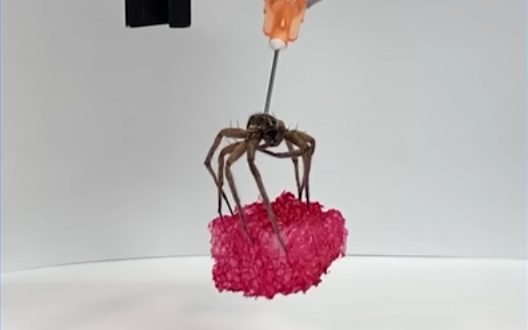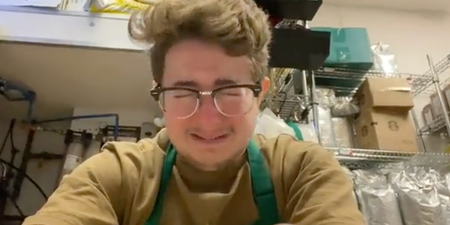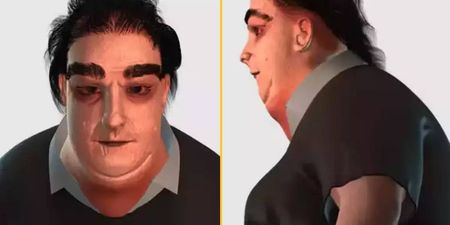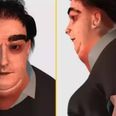Welcome to weird and wonderful world of ‘necrobotics’
In a recent scientific invention that left us thinking ‘why?’, ‘ew’ and ‘nature is crazy’, researchers have effectively reanimated dead spiders to create robot claws that can grip things on command.
The incredible piece of natural technology has been pioneered as part of a research project at Rice University in Houston, Texas, where a team of engineers looked to create cheaper, biodegradable, yet still effective alternatives to current robotic systems.
Led by graduate student Faye Yap, the team of engineers figured out that they could turn dead spider corpses into their own operational grabbing claw, using the naturally hydraulic functions of the arachnid’s physiological structure.
As you can see in the video above, the researchers essentially pump air into the dead spiders’ bodies to reanimate their legs, which can then be controlled at will to lift objects more than 100 times their own body weight.
As explained in the research group’s paper published on Monday entitled, “Necrobotics: Biotic Materials as Ready-to-Use Actuators”, they explain how the technology simply follows in the footsteps of humanity’s history of repurposing animal parts into other practical uses – only this time, instead of the likes of clothing and weapons, this turns an entire spider into a robot claw.
Dubbing the technology ‘necrobotics’, the engineers say they also took inspiration from the likes of geckos and their adhesive feet or the smooth driving motion of a fish tail, noting that these are naturally effective biological mechanisms that have evolved and been sustained over millions of years.

With that in mind and by using the hydraulic pressure that their bodies are already built for, the team has been able to create what they call “necrotic grippers” to lift objects and run tests for approximately 1,000 open-close cycles before the joints degrade. Simply incredible – albeit creepy – stuff.
Moreover, this simple demonstration of the technology and a spider’s anatomy shows how the species are so well evolved that they can move joints independently without paired muscles. It also explains why the creepy crawlies are always curled up when you find them dead around the house, as they have essentially expelled all the air in their bodies.
The university’s assistant professor of mechanical engineering, Daniel Preston, went on to detail how spiders have a “perfect architecture” to model more affordable and eco-friendly robot alternatives, at least when it comes to jobs like this.
While the full list of future applications remains to be seen, he said in a statement that believes that there are “a lot of pick-and-place tasks we could look into, repetitive tasks like sorting or moving objects around at these small scales, and maybe even things like assembly of microelectronics.”
Related links:
- Company to make ‘real life Jurassic Park’ complete with the long-extinct woolly mammoth
- A flying motorcycle powered by eight jet engines has been invented
- Microscopic mites have been having sex on your face at night since you were born

















































